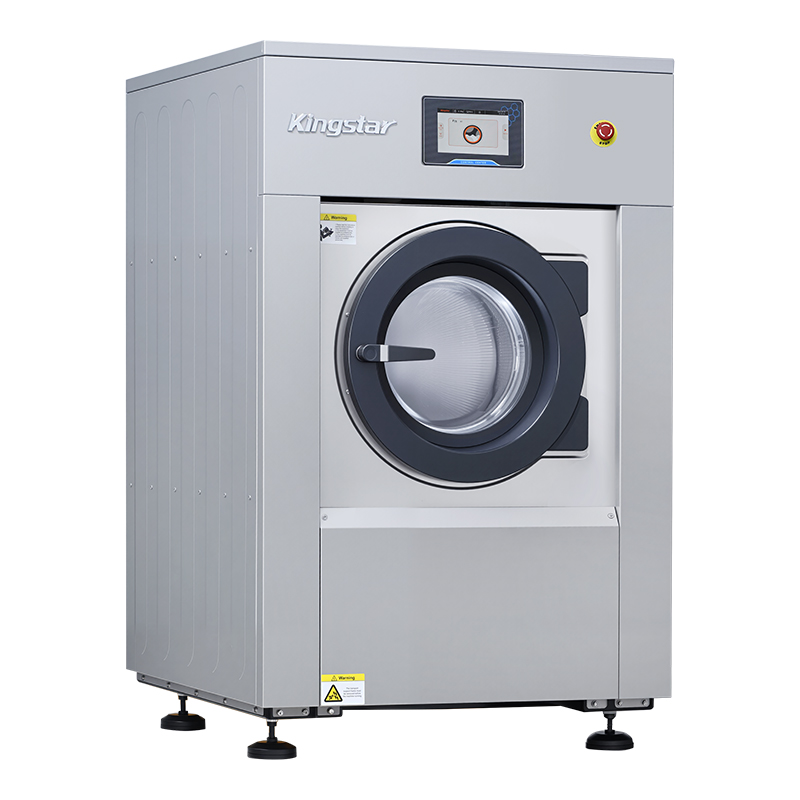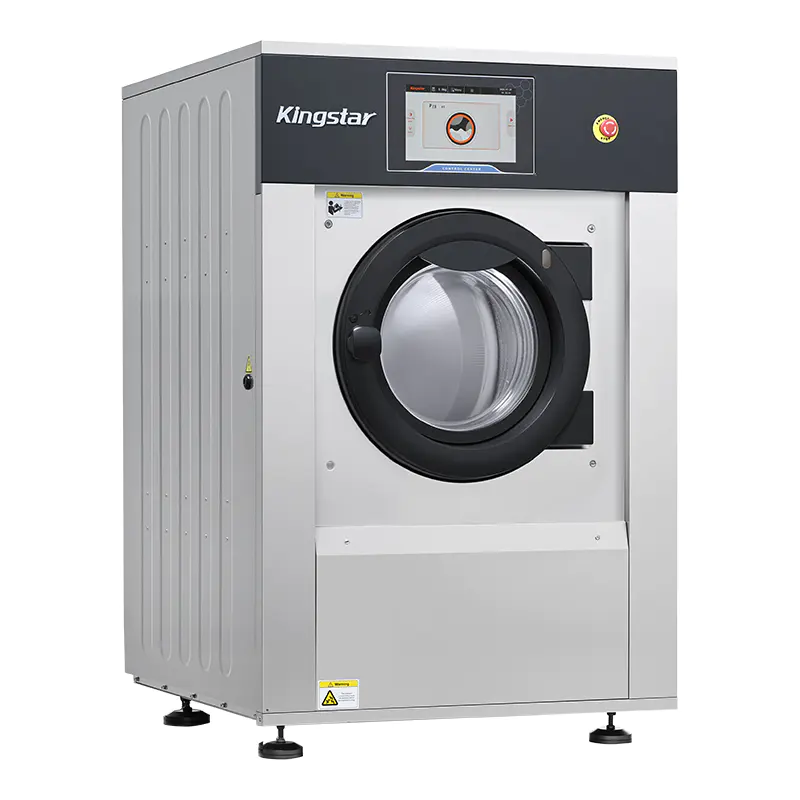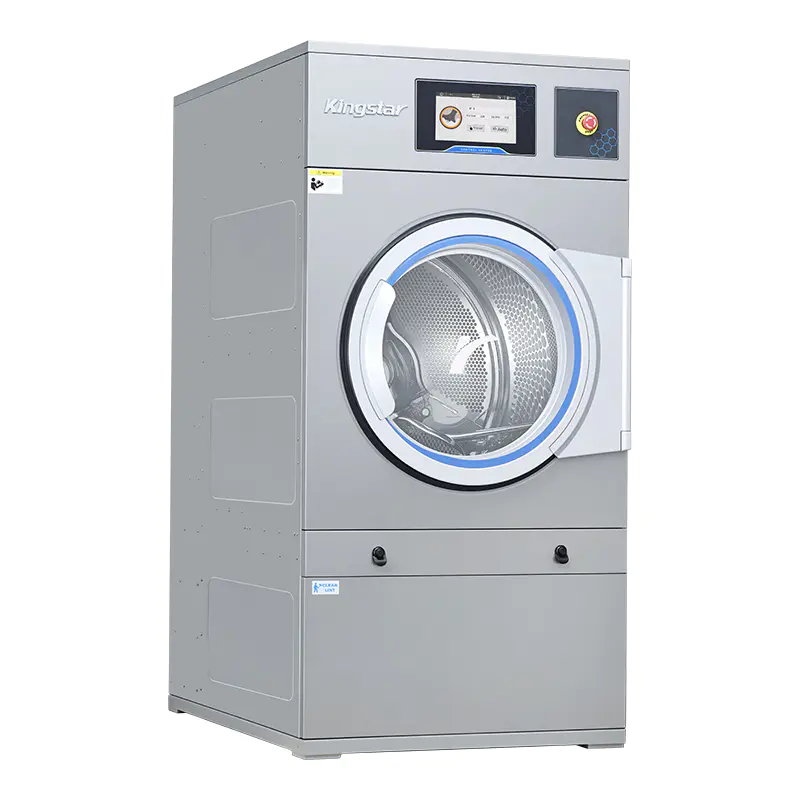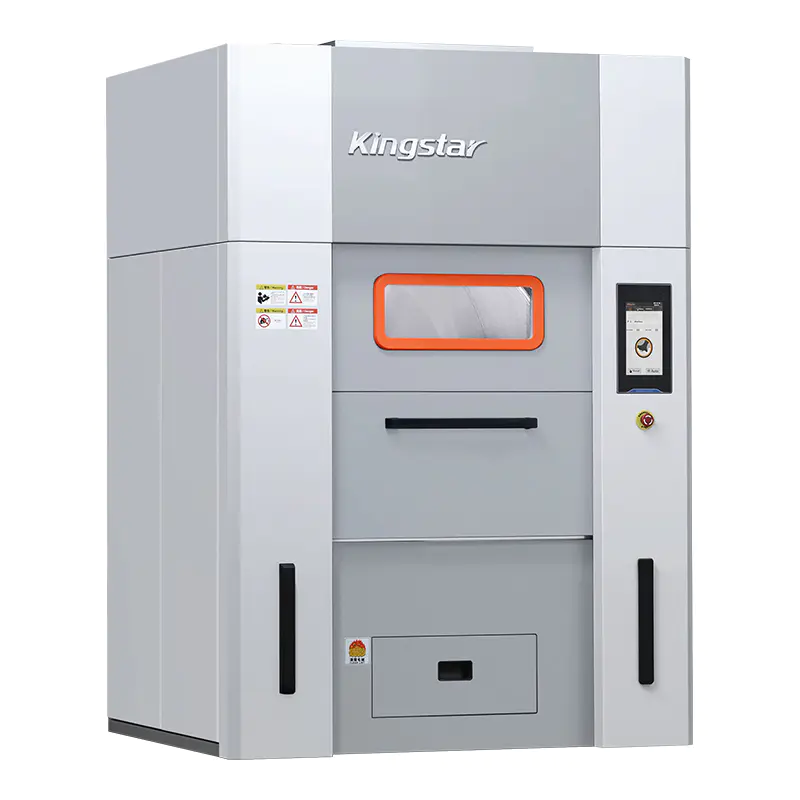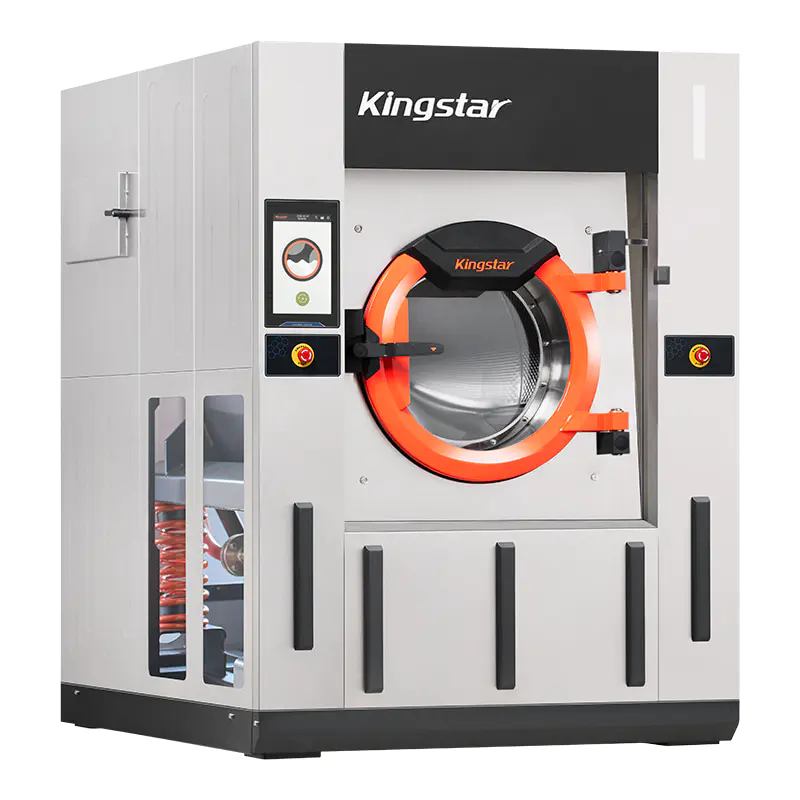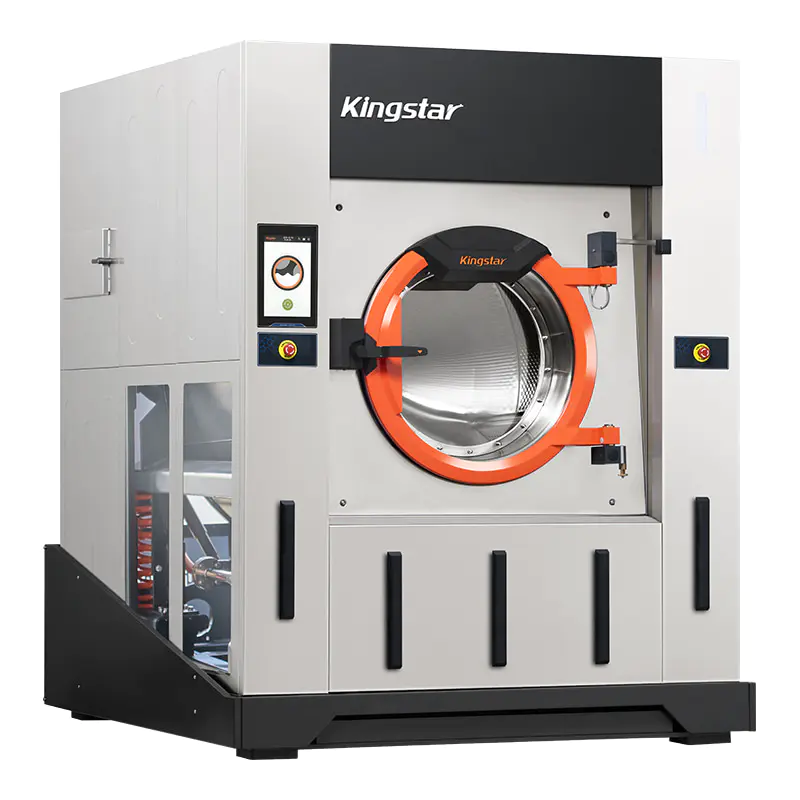
Does the coin-operated stacked washer dryer use energy-saving drying or low-water consumption technology?
Overview of Coin-Operated Stacked Washer Dryers
Coin-operated stacked washer dryers are designed for shared-use environments such as laundromats, apartment buildings, and dormitories. Their compact structure combines both washing and drying units vertically, saving floor space while maximizing functionality. Beyond structural efficiency, modern models increasingly focus on sustainability through energy-saving drying systems and low-water consumption technologies. These advancements address rising environmental concerns and operational costs, providing benefits for both users and facility operators.
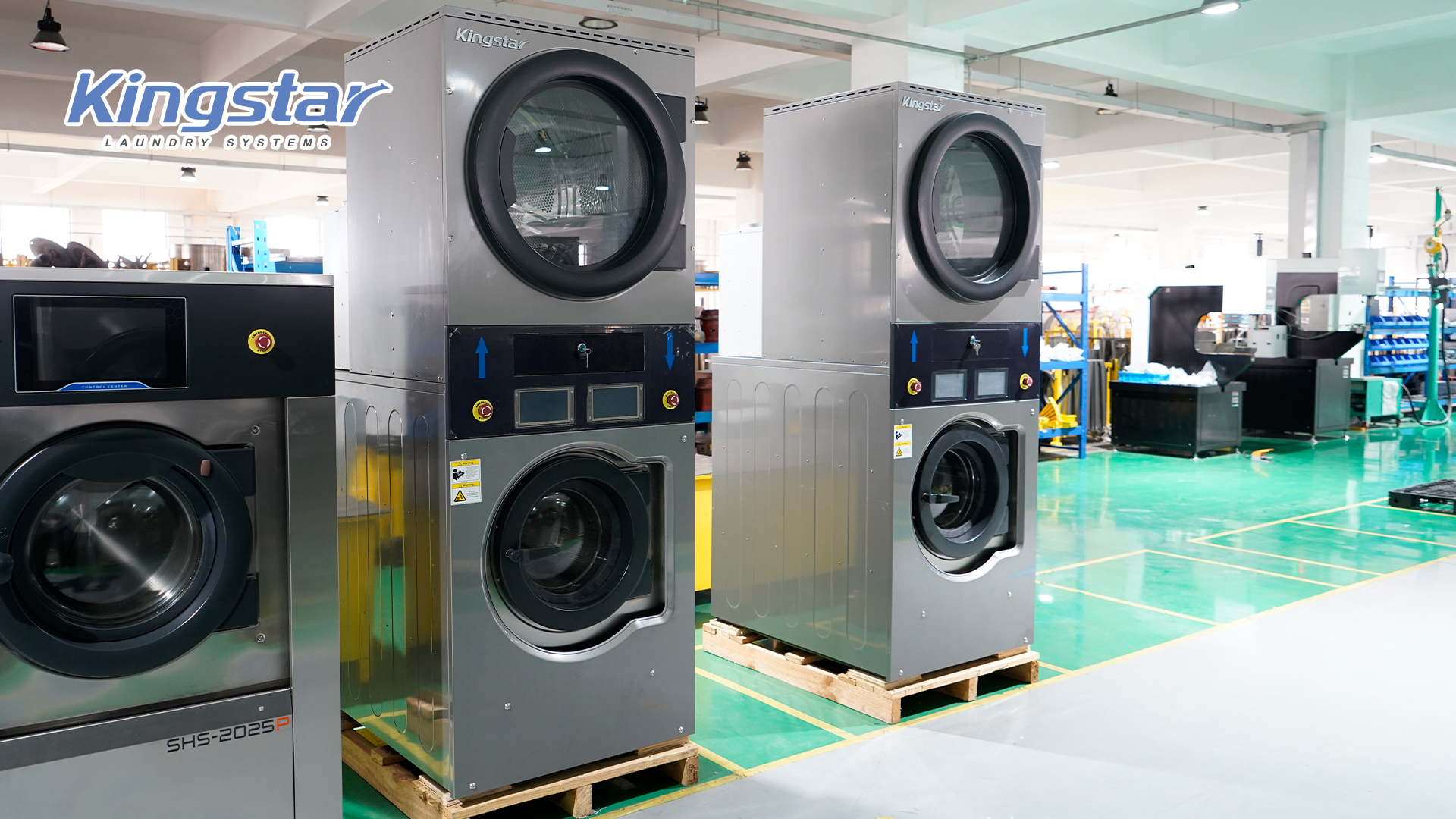
Energy-Saving Drying Technology
One of the most significant improvements in modern coin-operated stacked washer dryers is the integration of energy-efficient drying systems. These dryers often employ sensors that monitor moisture levels in fabrics, automatically adjusting drying time and temperature to avoid over-drying. By reducing unnecessary heat cycles, the units lower power consumption while protecting fabrics from damage. Some systems utilize inverter-driven motors that optimize drum rotation speed for specific load sizes, ensuring minimal energy use without compromising drying performance. The adoption of improved airflow patterns within the drum also contributes to more efficient heat transfer, shortening cycle times and decreasing electricity demand.
Low-Water Consumption Features in Wash Cycles
Water conservation is a critical design focus for modern coin-operated washers. Advanced low-water consumption technologies include adaptive water level controls that adjust based on load weight and fabric type. Sensors detect the volume and density of laundry, ensuring only the necessary amount of water is used for effective cleaning. This prevents waste associated with fixed water-level designs. Additionally, some systems incorporate high-efficiency spray rinse mechanisms instead of full-fill rinses, significantly reducing total water use per cycle. Such developments not only conserve water but also reduce the energy required for heating it, contributing to overall efficiency.
Heat Pump and Condensation Drying Systems
Energy-saving drying technologies in coin-operated stacked units often include heat pump or condensation-based systems. A heat pump dryer recycles hot air within the drum rather than venting it externally, using less energy to maintain consistent temperatures. Condensation dryers, on the other hand, remove moisture from fabrics through a closed-loop air circulation process that condenses water vapor into a reservoir. Both methods reduce heat loss and allow operation in settings without external venting. Although the initial cost of heat pump systems is higher, their energy savings during operation make them advantageous in the long term, particularly for high-traffic facilities.
Conventional vs. Energy-Saving Dryers
The following table outlines differences between traditional coin-operated dryers and modern energy-efficient stacked models, highlighting the benefits of new technologies.
|
Feature |
Traditional Dryer |
Energy-Saving Dryer |
|
Drying System |
Vented hot air, fixed cycle |
Sensor-controlled heat pump or condensation |
|
Energy Consumption |
Higher due to constant heating |
Lower with heat recycling and moisture sensors |
|
Cycle Adjustment |
Manual time setting |
Automatic adjustment based on load moisture |
|
Ventilation Requirement |
External vent needed |
Closed-loop operation possible |
|
Operational Cost |
Higher due to energy waste |
Reduced through optimized drying process |
Smart Control and Energy Management Systems
Modern coin-operated stacked washer dryers often include smart energy management systems that monitor and record usage patterns. These systems allow operators to track energy and water consumption per cycle, adjusting machine behavior accordingly. Some units feature programmable settings that balance performance with resource savings, such as eco modes that limit temperature and water levels without compromising cleaning quality. Integrated microprocessors analyze cycle data in real-time, ensuring efficient operation under varying load conditions. This smart control technology helps reduce unnecessary energy use and extends the service life of critical components.
Recycling and Water Reuse Mechanisms
Some advanced models incorporate water recycling or partial reuse systems. During rinse cycles, slightly used water may be filtered and stored for subsequent washing stages, especially pre-wash or soaking operations. These methods are particularly beneficial in commercial environments with high washing frequencies, as they can reduce total water consumption by up to 30%. Filtering systems ensure that reused water meets hygiene standards, preventing contamination. By combining water recycling with energy-efficient drying, these machines achieve substantial resource savings while maintaining consistent wash quality.
Performance Efficiency and Drying Speed
Although energy-saving drying systems prioritize lower energy consumption, they are also designed to maintain efficient drying times. Enhanced airflow systems, drum pattern optimization, and variable-speed motors contribute to consistent performance. Heat pump technology maintains optimal humidity levels, ensuring that drying remains effective without unnecessary energy waste. This balance between performance and efficiency is a key advantage of modern stacked systems over traditional designs, which often relied on high heat levels and prolonged operation times.
Durability and Long-Term Reliability
Energy-saving and low-water systems also contribute indirectly to the durability of coin-operated stacked washer dryers. By reducing mechanical strain on components, such as heating elements and pumps, these technologies lower wear and tear over time. Moisture sensors prevent overheating, while adaptive water controls reduce stress on valves and hoses. As a result, the overall operational lifespan of the machine increases, reducing maintenance frequency and replacement costs. This combination of reliability and efficiency supports sustainable operations in high-usage environments.
Water-Saving Features in Modern Washers
The table below highlights the differences between conventional washers and low-water consumption designs integrated into coin-operated stacked washer dryers.
|
Feature |
Conventional Washer |
Low-Water Washer |
|
Water Level Control |
Fixed fill level |
Sensor-based adaptive fill |
|
Rinse Method |
Full-fill rinsing |
Spray rinse or dual-rinse optimization |
|
Water Reuse |
None |
Partial filtering and reuse |
|
Energy for Heating Water |
High due to volume |
Reduced through minimal water use |
|
Cycle Efficiency |
Dependent on load size |
Adaptive efficiency for different load types |
Environmental and Economic Impact
The adoption of energy-saving and low-water technologies in coin-operated stacked washer dryers delivers measurable environmental benefits. Reduced electricity and water consumption directly lower greenhouse gas emissions and operational costs. Laundromats and residential facilities benefit economically through decreased utility expenses, while also supporting sustainability goals. The reduced strain on municipal water and power systems aligns with broader environmental initiatives. These advantages make modern coin-operated stacked washer dryers an appealing option for institutions seeking to balance performance, cost, and environmental responsibility.
Maintenance and User Considerations
For long-term efficiency, proper maintenance is essential. Operators should regularly clean lint filters, air ducts, and moisture sensors to maintain airflow and accurate drying control. Water inlet screens and valves should be inspected periodically to ensure optimal flow and prevent mineral buildup. Routine maintenance schedules not only sustain efficiency but also extend machine life. User education is equally important, as proper load sizing and detergent selection can influence both energy and water use. Following manufacturer guidelines helps maintain consistent performance and prevents unnecessary strain on components.
Integration with Modern Payment and Monitoring Systems
Modern coin-operated stacked washer dryers are compatible with electronic payment systems, including card and app-based solutions. These systems often integrate with operational analytics that track machine performance, energy use, and maintenance needs. By analyzing this data, facility operators can optimize usage schedules, identify underperforming units, and manage utility consumption more effectively. This digital integration not only enhances user convenience but also supports ongoing energy management strategies aligned with sustainable facility operations.
Overall Efficiency Comparison
The following summary table consolidates the efficiency advantages of coin-operated stacked washer dryers equipped with energy-saving drying and low-water consumption technologies compared to conventional systems.
|
Aspect |
Conventional Units |
Modern Energy-Saving Units |
|
Energy Use |
Higher due to fixed cycles and vented drying |
Reduced through sensors and heat pump systems |
|
Water Consumption |
Fixed volume regardless of load |
Adaptive water level sensors and spray rinse |
|
Maintenance Needs |
More frequent due to mechanical wear |
Reduced strain from efficient operation |
|
Environmental Impact |
Higher carbon and water footprint |
Lower resource use and emissions |
|
Operational Cost |
Higher long-term expenses |
Decreased utility and maintenance costs |
Conclusion of Comparative Insights
Coin-operated stacked washer dryers that utilize energy-saving drying and low-water consumption technology represent a significant advancement in laundry equipment design. Their efficiency-driven systems, incorporating smart sensors, adaptive water controls, and closed-loop drying mechanisms, enable them to meet both performance and sustainability objectives. The combination of reduced utility costs, improved environmental impact, and enhanced reliability demonstrates how engineering innovation continues to shape the future of shared laundry systems. These improvements make them a practical and sustainable solution for modern facilities seeking long-term operational efficiency.
ADD:No.388 Xinggang Road, Chongchuan District, Nantong City, 226000, Jiangsu Province, China.
-
Phone: +86-13917089379
-
Tel:+86-13917089379
-
Fax:+86-0513-85663366
-
E-mail:[email protected]
